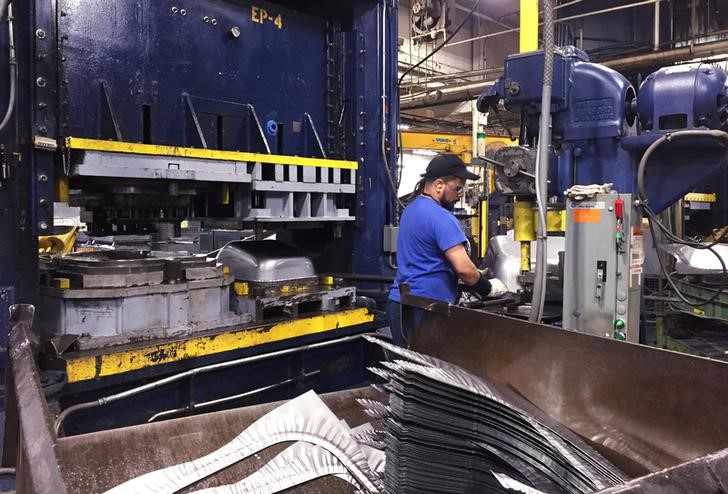Anemic productivity is bad news for President Donald Trump

WASHINGTON (Reuters) — U.S. worker productivity rose more than expected in the second quarter amid an increase in hours, but the trend remained weak, suggesting that robust economic growth could remain elusive.
The Labor Department said on Wednesday nonfarm productivity, which measures hourly output per worker, increased at a 0.9 per cent annualized rate in the April-June period. First-quarter productivity was revised to show it edging up at a 0.1 per cent pace instead of being unchanged as previously reported.
Compared to the second quarter of 2016, productivity increased at a 1.2 per cent rate. Economists polled by Reuters had forecast productivity increasing at a 0.7 per cent pace in the second quarter.
The government also revised data going back to 2014, in line with recent revisions to gross domestic product figures.
Those revisions showed productivity falling 0.1 per cent in 2016, the first drop since 1982. That suggests the economy's potential rate of growth has declined.
Anemic productivity is bad news for President Donald Trump who has pledged to boost annual economic growth to 3.0 per cent through tax cuts, infrastructure spending and a rollback of regulation.
Economists blame soft productivity on a shortage of workers as baby boomers retire as well as the impact of rampant drug addiction in some parts of the country. A report on Tuesday showed job openings surging to a record 6.2 million in June.
Other economists also argue that low capital expenditure, which they say has resulted in a sharp drop in the capital-to-labour ratio, is holding down productivity.
There is also a perception that productivity is being inaccurately measured, especially on the information technology side. Annual economic growth has not surpassed 3 per cent or more since 2005. Gross domestic product expanded at a 2.6 per cent annualized rate in the second quarter.
Hours worked increased at a rate of 2.5 per cent in the April-June period after rising at a 1.6 per cent pace in the first quarter. As a result, output per worker surged at a 3.4 per cent rate, the fastest since the first quarter of 2015, after rising at a 1.8 per cent pace at the start of the year.
Unit labor costs, the price of labor per single unit of output, increased at a 0.6 per cent pace in the second quarter after jumping at a 5.4 per cent rate in the January-March period.
Compared to the second quarter of 2016, unit labor costs fell at a 0.2 per cent rate.




